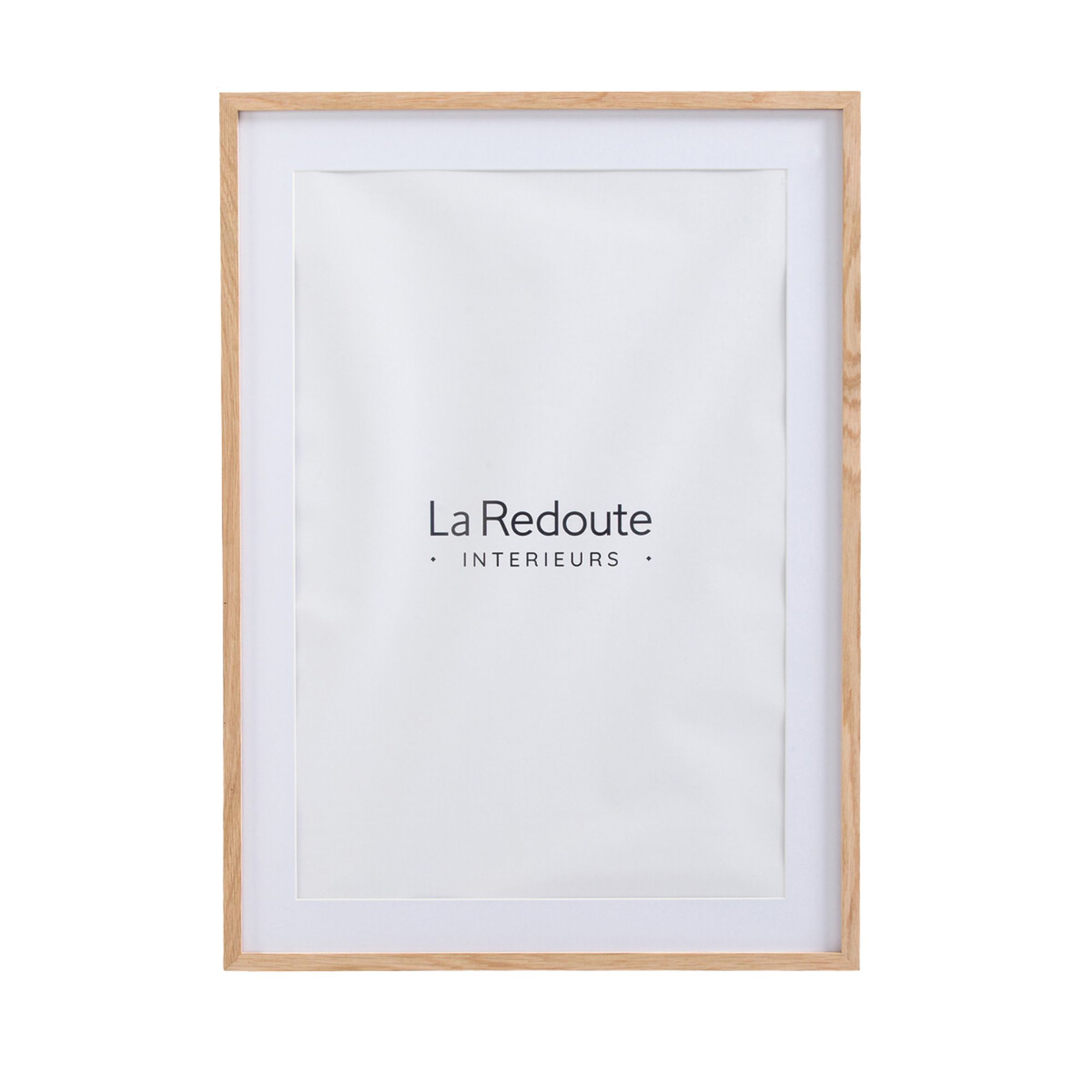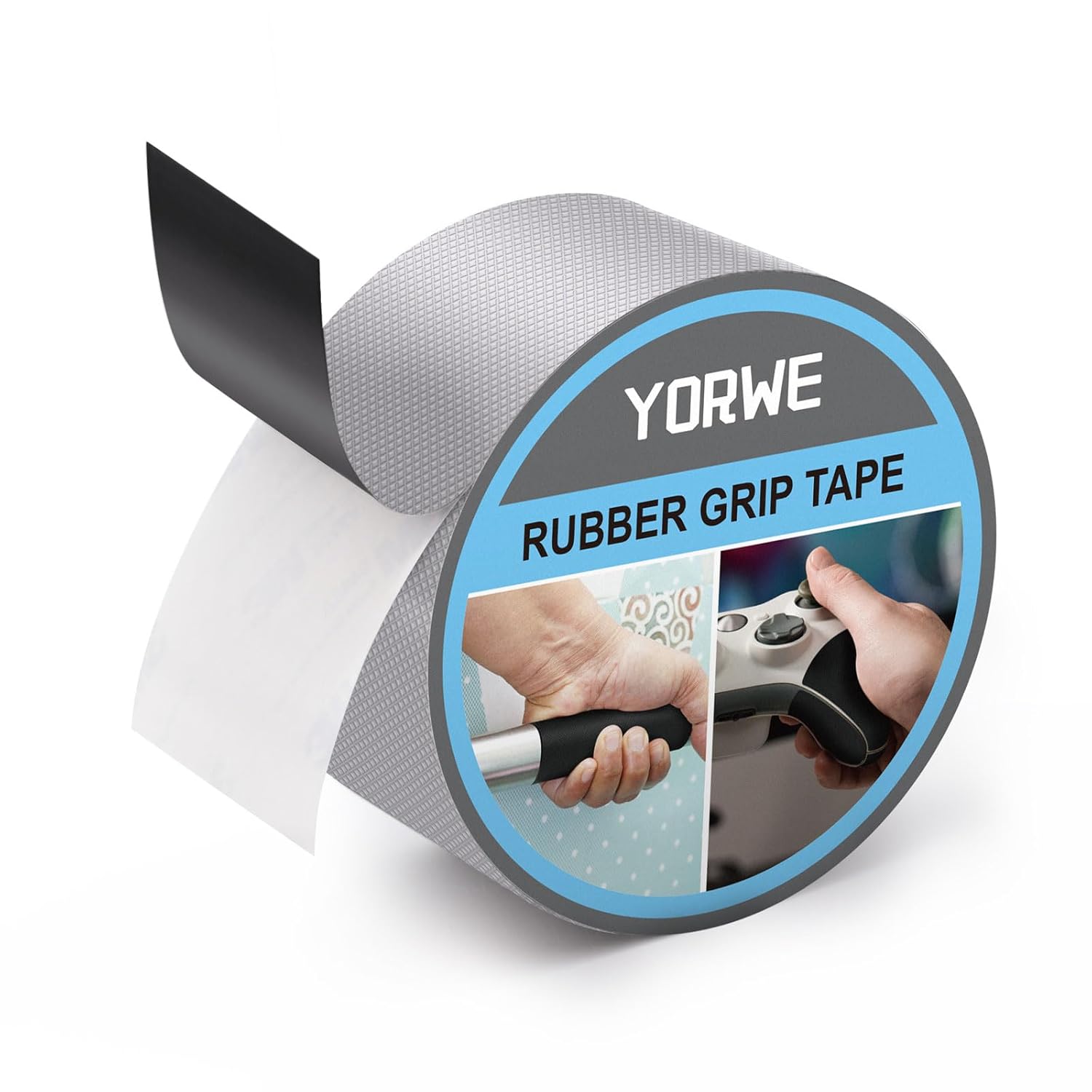This 'Lazy' Way of Displaying Art, Conveniently, Also Happens to Be the Best Looking
We all know looking effortless is anything but, so here's how to make leaning art look intentional

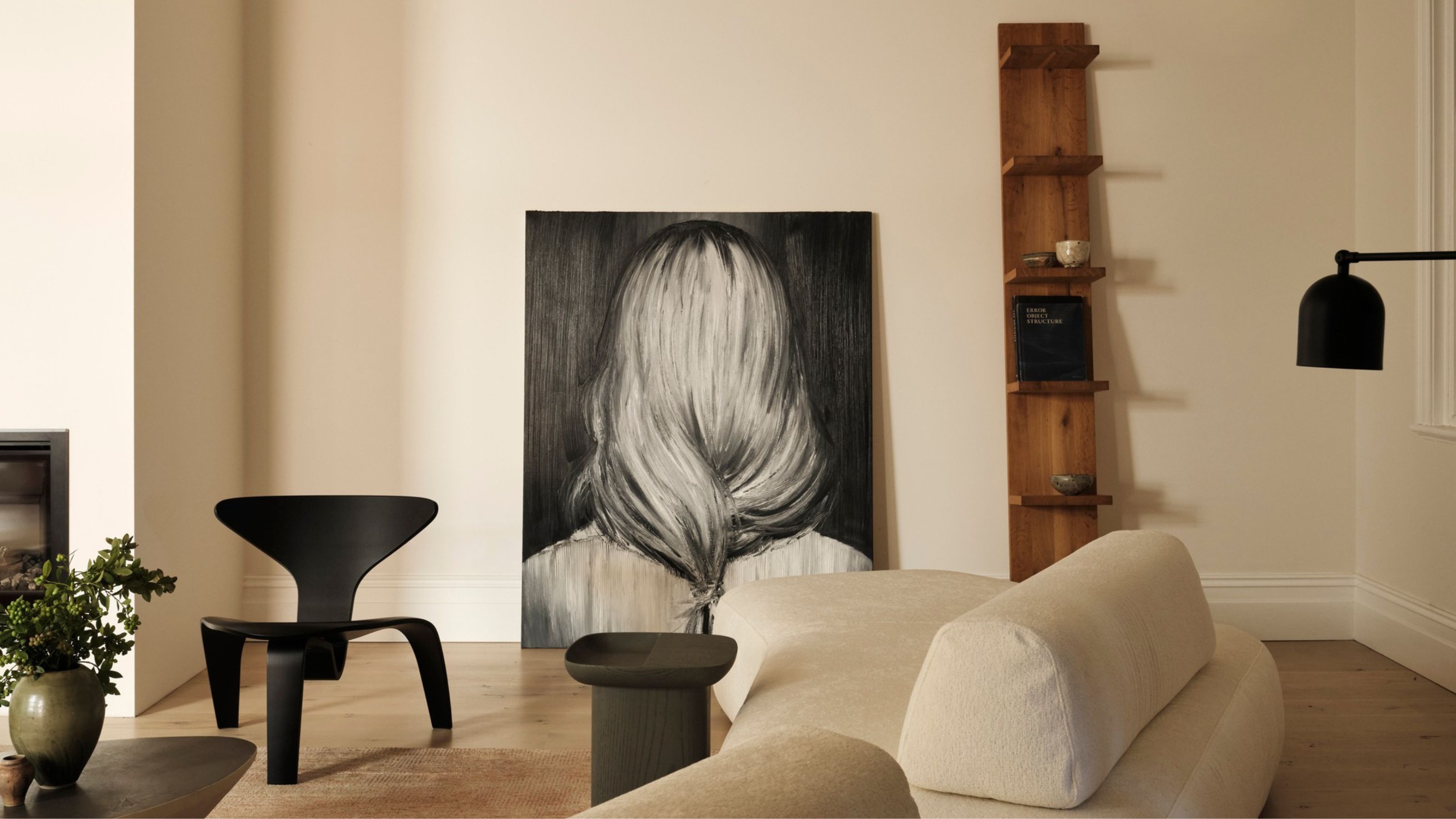
There is something so effortless about a lean. Perhaps that's because it literally takes the weight off. It's casual, relaxed, quietly confident — and turns out, works a treat when it comes to styling artwork around your home, too. No nails needed.
The art hanging mistakes that most people get, well, hung up on are choosing the wrong size, proportion, or position of their pieces. You don't want the display of your art to feel too cookie-cutter, too perfect, or rigid in the space. It's a home, not a gallery. That's why one of my favorite tricks is to slightly off-center the artwork. It instantly becomes a more interesting focal point and starts to tell a story within the space.
But better yet, don't hang your artwork at all. Instead, lean your frame or canvas against the closest wall. Small pieces work well on shelves and countertops, while larger ones can stay on the floor. Sounds simple? It is — for the most part. But there is a trick to ensuring that it looks intentional, not accidental.
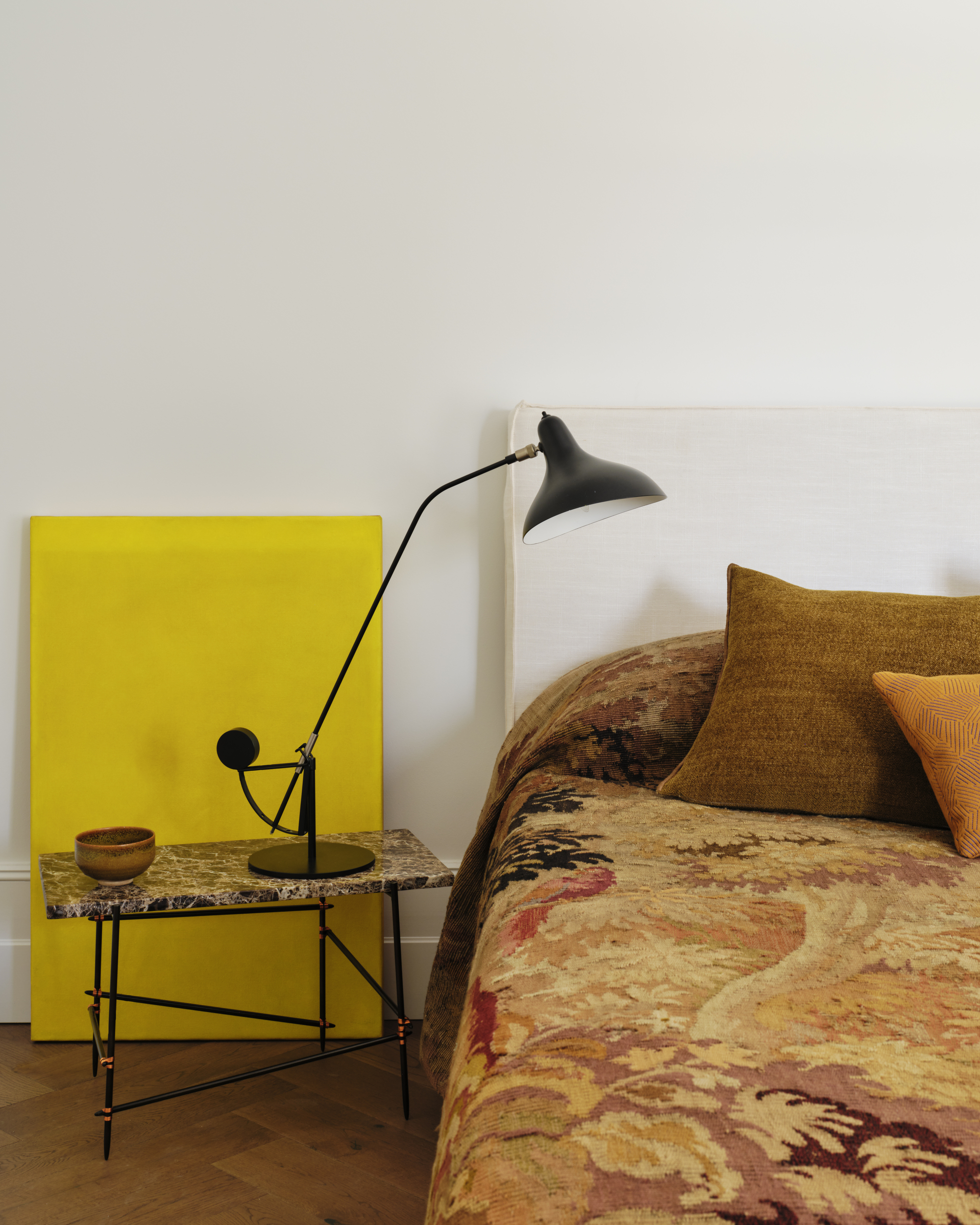
Over the last few years, there has been a shift in the way people style art in their homes. Gone are the days of super-structured gallery walls, now considered by many (this editor included) to often feel too contrived, while trying really hard to be the opposite. Though, of course, there are still ways to do it well.
"There’s definitely a move toward looser, more individualized ways of showing art," says architect Georgina Wilson. "It’s less about perfect symmetry and more about personality."
Hanging a standalone piece of art takes a special knack, too. You don't want it to look too random, so it's important to consider how it sits in the space as a whole. Too high and it's awkward to look at, too low and it can make the room feel small — in desperation, artworks get left leaning against the wall while we wait to work out what's best, and then suddenly... it clicks.
"There's a casualness to leaning artwork that's really cool," adds Shona McElroy, principal of Smac Studio. "It also brings a new dynamic to shelf styling — the art can be more stylistically different from the other artwork that is hung, too, bringing variety and interest to the space."
The Livingetc newsletters are your inside source for what’s shaping interiors now - and what’s next. Discover trend forecasts, smart style ideas, and curated shopping inspiration that brings design to life. Subscribe today and stay ahead of the curve.
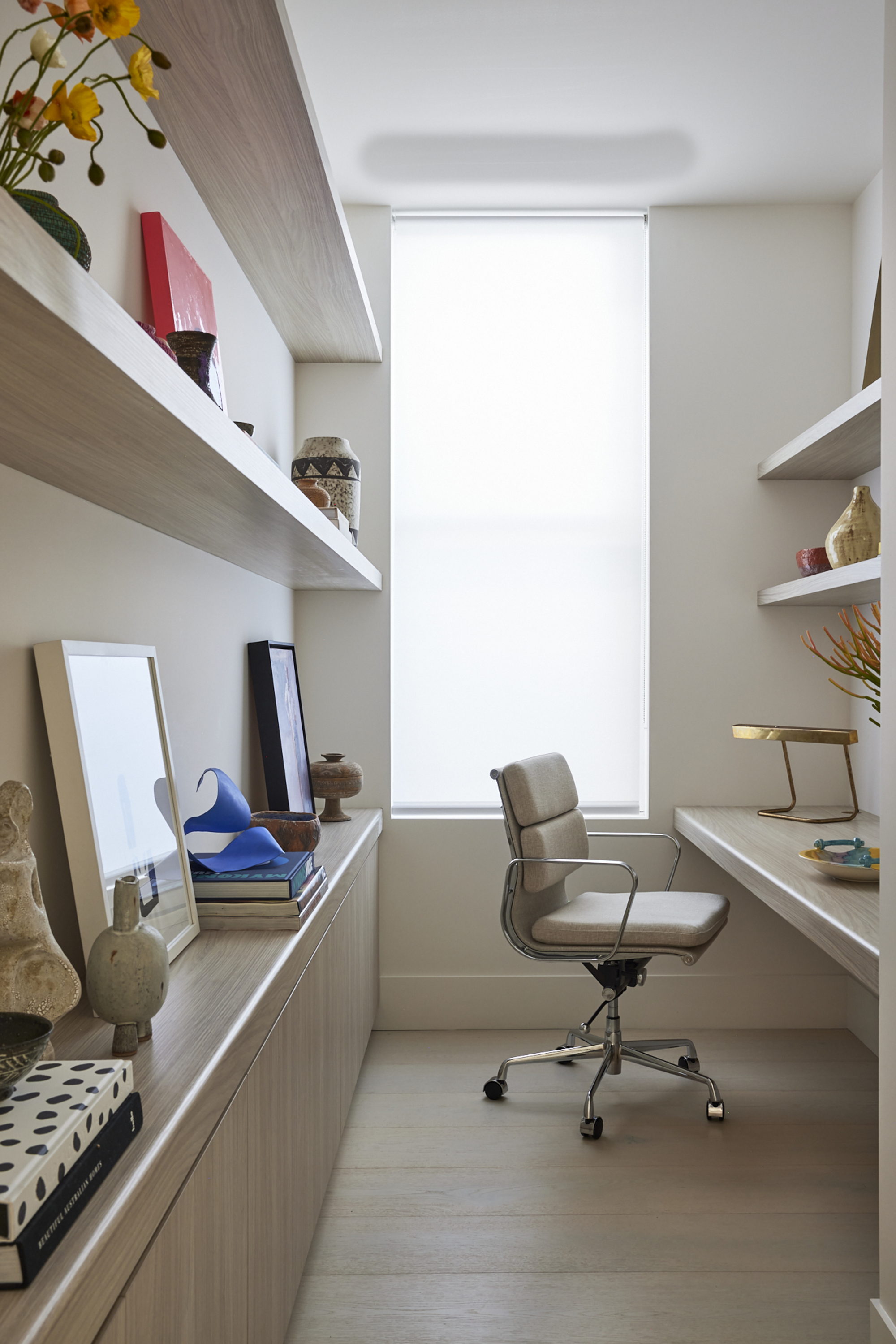
How to Lean Art With Intention
So, how do you make it look intentional, rather than unfinished? Because everyone knows that looking casual never comes easily. "It needs things around it to help balance the eye," says Shona. "I would avoid putting a leaning piece of art alone where there is an obvious space above it where it may be hung. That will feel like it's just waiting for the handyman to come back and hang it."
Georgina Wilson agrees, adding that it's all about intention. "A piece can be leaning, layered, or oversized, but if it’s been placed with purpose, it won’t feel accidental," she says. "It’s about balance, scale, and how the art relates to the furniture and architecture around it. Even the most relaxed placement should still feel like it belongs."
And while a small frame works on floating shelves or a countertop, this interior design trend looks best when you go big — "I think it's important to get the scale right, opting for larger and oversized pieces," says Georgina.
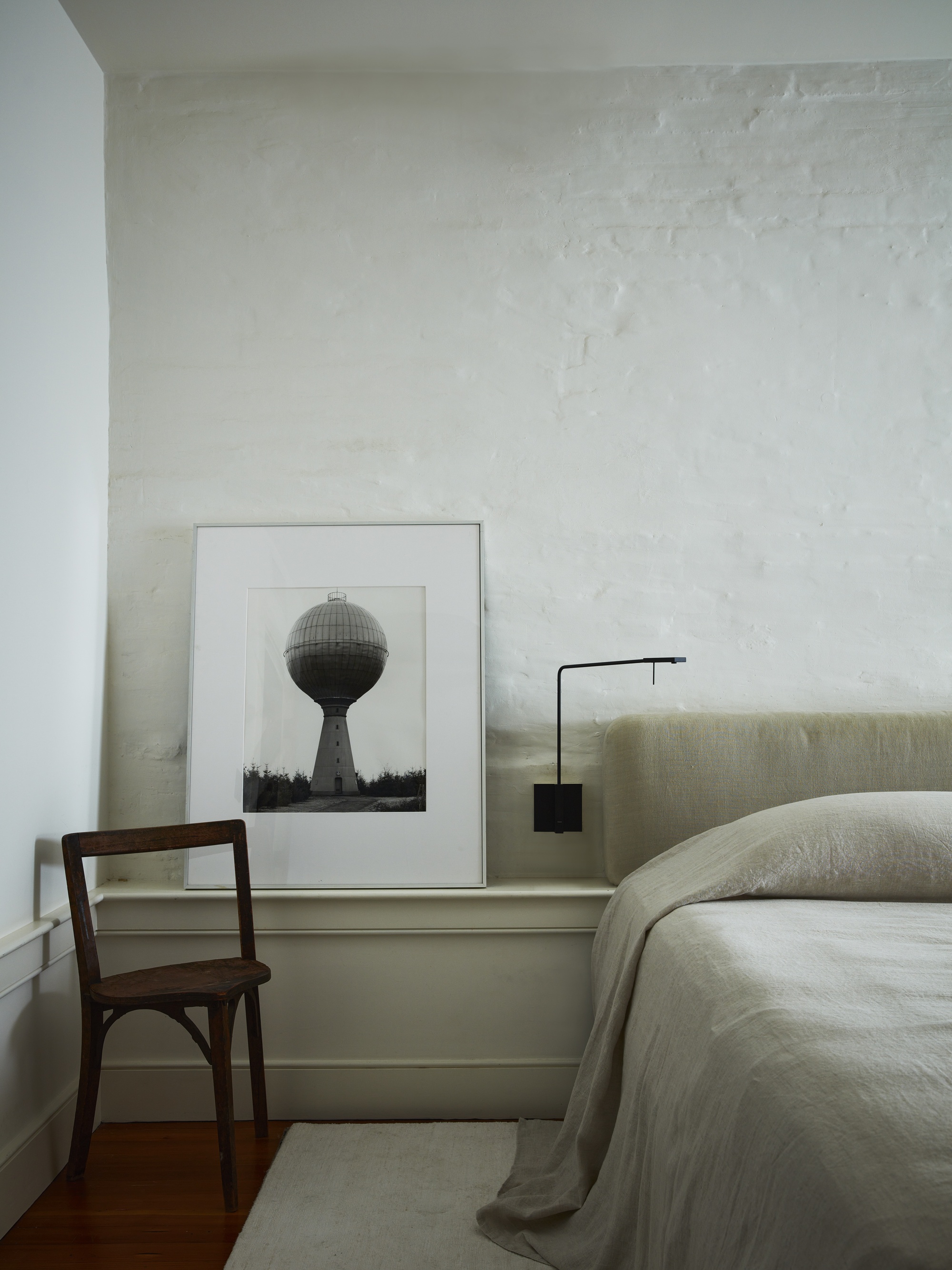
This approach feels like a natural extension of the 'One Amazing Thing' theory in design — the idea that every space needs at least one unexpected, eye-catching, or out-of-place piece to make it more impactful overall. By subverting how you expect to see art displayed, it changes the way you interact with it and elevates the entire scheme.
"When you shift art off the wall and bring it down to floor level, it invites a different kind of interaction," adds Georgina. "You're not just passing by. It catches you off guard in the best way. It breaks the eye-level rule, which makes the experience more personal, adding a cool factor."
And it can make a space feel more lived-in, considered, personal even. Georgina describes how it can instantly soften a space, too. "It feels relaxed, considered, and quietly confident, like the room isn’t trying too hard," she adds.
What's more, leaning art is more flexible. "It means you can move pieces around as your mood or the seasons shift, which can completely change the tone of a room without any major effort," says Georgina.
I, for one, will never be done decorating. I want my space and style to continuously shift, change, and evolve, just as I do. And perhaps that's exactly why I think this 'lazy' way of displaying art also just happens to be the best-looking. What do you think?
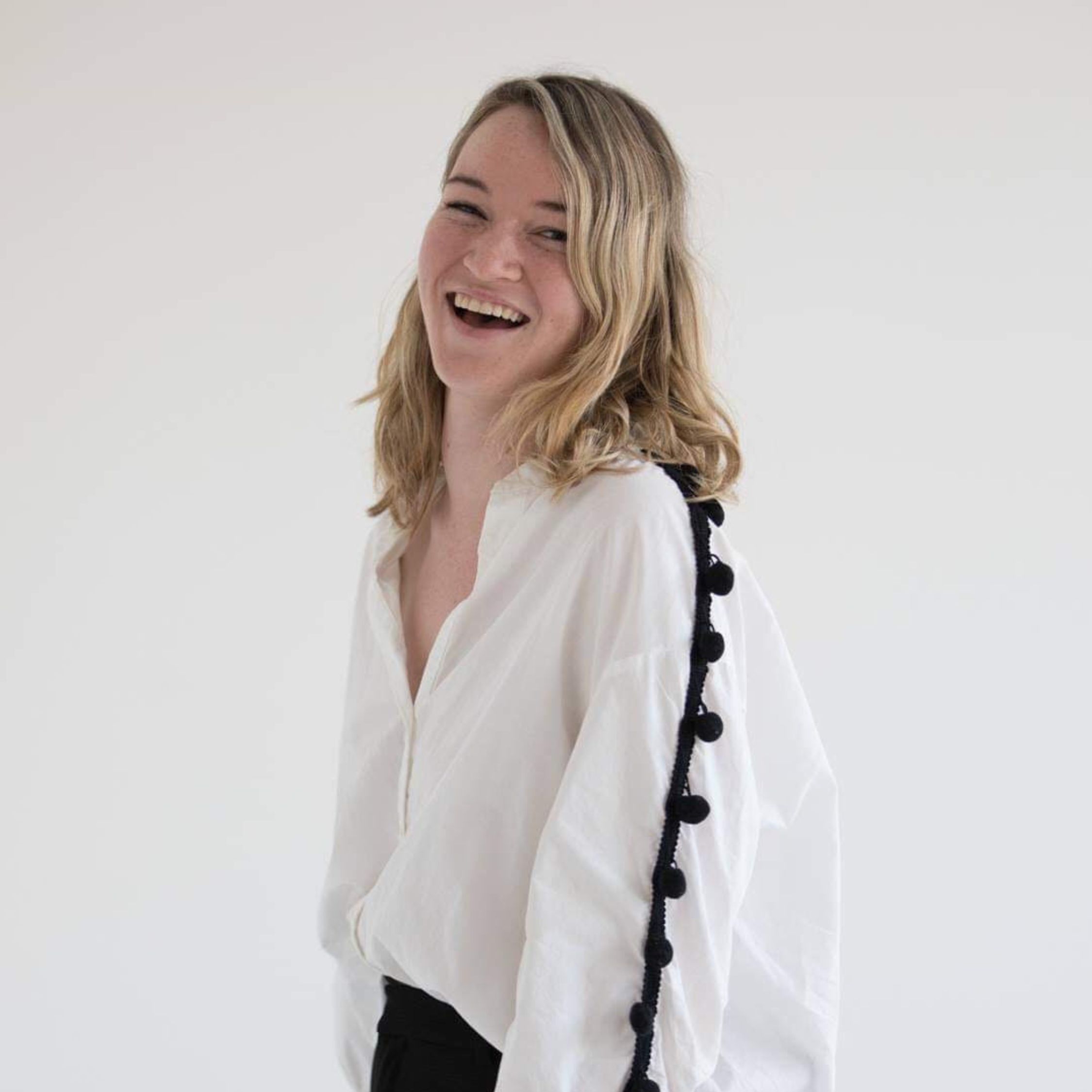
Emma is the Interiors Editor at Livingetc. She formerly worked on Homes To Love, one of Australia's leading interiors websites, where she wrote for some of the country's top publications including Australian House & Garden and Belle magazine. Before that she was the Content Producer for luxury linen brand, CULTIVER, where she nurtured a true appreciation for filling your home with high-quality and beautiful things. At Livingetc, she spends her days digging into the big design questions — from styling ideas to color palettes, interior trends and home tours. Outside of work hours, Emma can often be found elbow-deep at an antique store, moving her sofa for the 70th time or mentally renovating every room she walks into. Having just moved to London, she's currently starting from scratch when it comes to styling her home, which, while to many may sound daunting, to her, is just an excuse to switch up her style.
